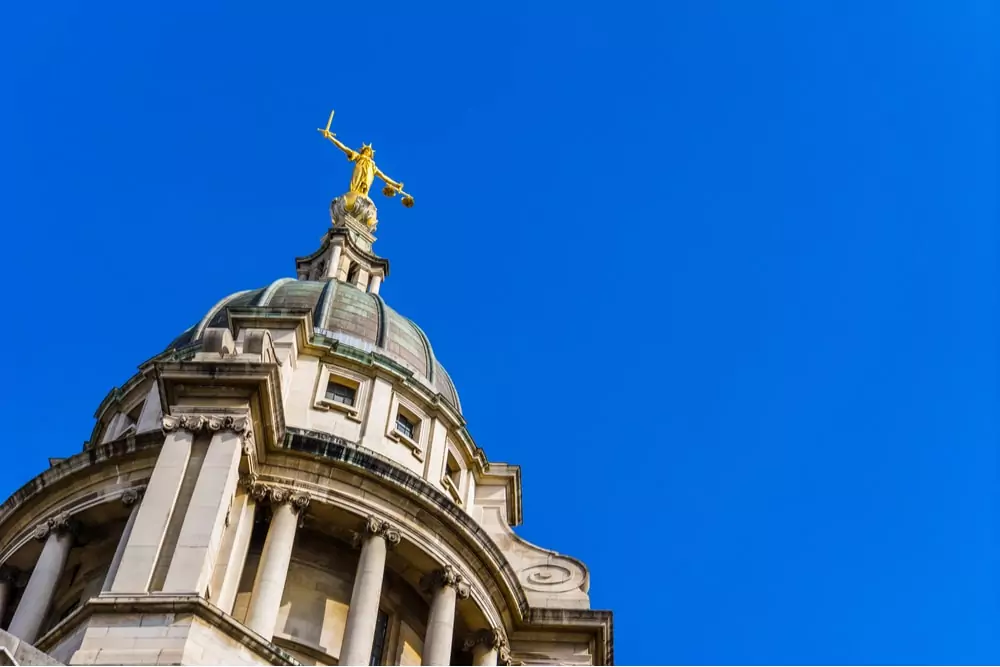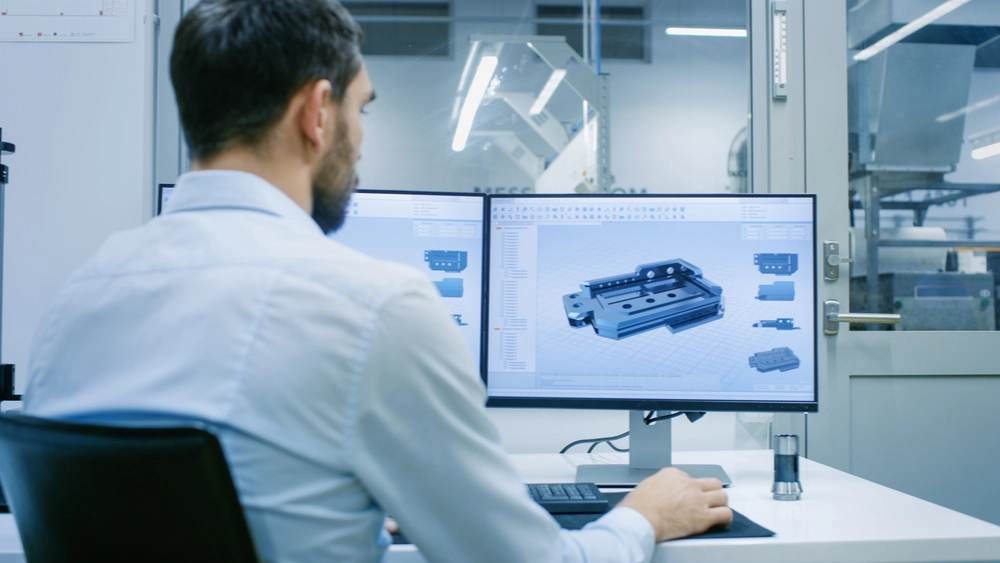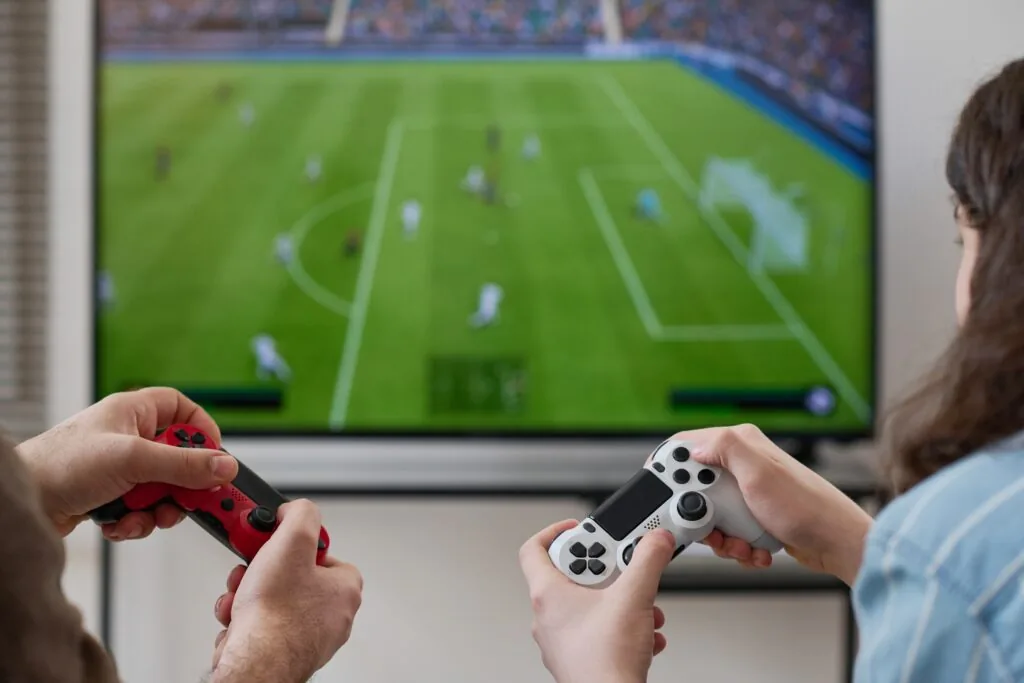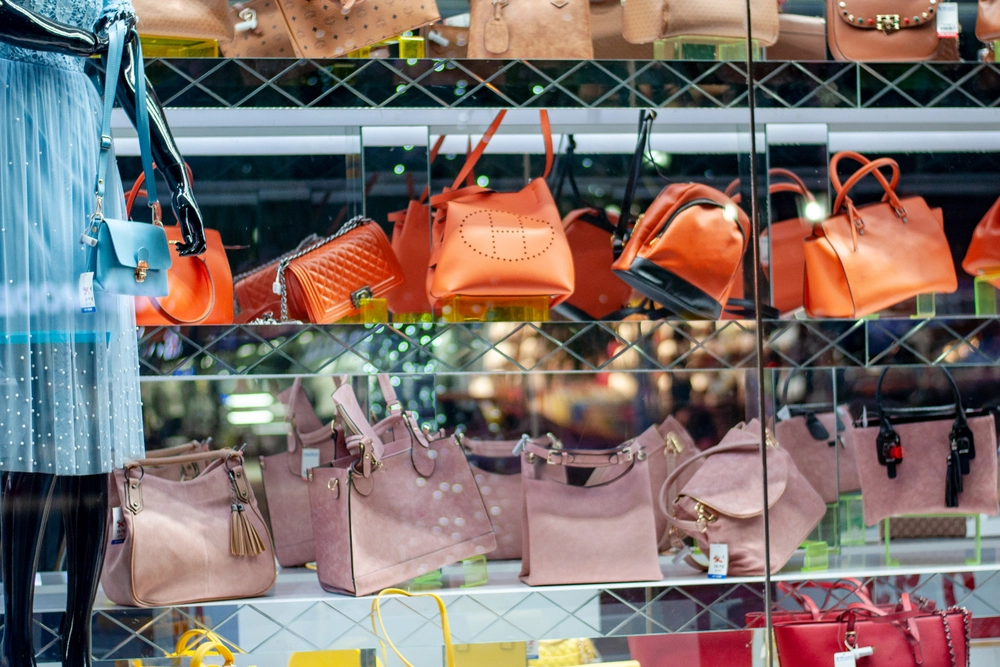Lionel Andrés Messi Cuccittini (better known as Messi) is considered by many to be one of the greatest footballers of all time. This month sees the end of his nine-year battle to obtain an EU trade mark registration for his name, as he outmanoeuvres his opponents. His trade mark for MESSI was finally accepted for various sports clothes and equipment and no doubt, after all this time, the victory matches some of his greatest moments in football (maybe)!
This battle goes back to August 2011, when Messi filed an application to register a figurative mark as an EU trade mark for goods including sports clothing, footwear and equipment.
The trade mark application was opposed by Jaime Masferrer Coma alleging a likelihood of confusion with his prior EU trade mark registration for MASSI covering identical goods to Messi's trade mark application. The opposition was upheld by the EU Intellectual Property Office (EUIPO) in 2013 on the basis that the marks were found to be visually and aurally highly similar. Messi lodged an appeal against the decision at the EUIPO but this was rejected by the Board of Appeal.
The appeal then proceeded before the General Court (GC). In 2018, the GC annulled the EUIPO decision on the basis that the footballer's reputation counteracted the visual and phonetic similarities between the two signs and excluded any likelihood of confusion. According to the GC, Messi is not only known among sports fans, but it considered that he would be known by the majority of the informed and reasonably attentive people who read newspapers, watch television, go the cinema or listen to the radio. In addition, the GC confirmed that as the relevant goods were sports articles, the relevant public were even more likely to know Messi and therefore associate the MESSI trade mark directly with him.
However, this was not the end of the saga and this match went into extra time. Both the EUIPO and J.M.-E.V. e hijos (the new owner of the MASSI mark) lodged appeals against the GC's judgment to the Court of Justice of the European Union (CJEU).
The CJEU considered the grounds of appeal and dismissed them both. The Court:
- Rejected the appeal by the EUIPO that the GC should not have relied upon the perception of a significant part of the relevant public in order to rule out a likelihood of confusion. The CJEU considered the decision and held that the GC did indeed consider the perception of the marks MASSI and MESSI by the whole of the relevant public before finding that the EUIPO were wrong to conclude that the use of the mark MESSI could give rise to a likelihood of confusion with the MASSI mark.
- Rejected the appeal by J.M.-E.V. e hijos (the new owner of the earlier mark) who claimed that the GC had erred in law in considering that account should be taken of the reputation of the person whose name is the subject of the trade mark application when assessing likelihood of confusion. The CJEU observed that, just as is the case for the reputation of an earlier mark, the possible reputation of the person who is applying for their name to be registered as a trade mark is one of the relevant factors for the purposes of making an assessment on likelihood of confusion in so far as that reputation may influence the relevant public's perception of the later mark. Therefore, the CJEU found that the GC was correct to consider Messi's reputation for the purposes of establishing a conceptual difference between the marks MESSI and MASSI.
- Held that it was possible to consider the established meaning of both the earlier and later marks when assessing the conceptual similarity of the respective marks.
Overall, Messi secured his trade mark because he had built up a strong reputation in this name which meant that the respective marks, MESSI, and MASSI, would be considered as conceptually different marks by the relevant public. This would therefore avoid any likelihood of confusion. Such an approach goes against previous practice of not taking reputation into account when assessing the likelihood of confusion and it will remain to be seen how this decision is followed in the future.
If you need any legal advice, our expert intellectual property lawyers and dedicated trademark legal team are on hand to help.














